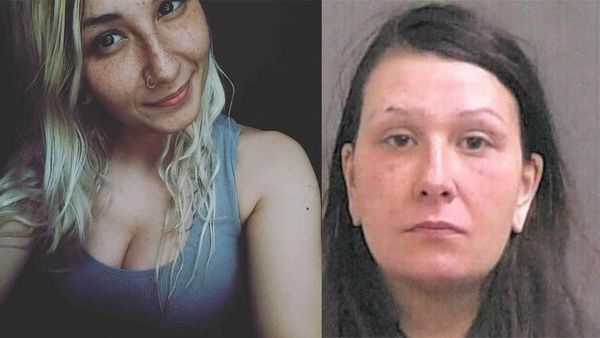
The Archaeological Survey of India has discovered two decorated “legged coffins” with two skeletons at an excavation site near Sanauli in Uttar Pradesh’s Baghpat district. The skeletons were discovered along with other artifacts during the resumption of excavation at the site.
Excavation had been carried out at the site earlier in 2018 and has been resumed again under the direction of Dr SK Manjul, Director, Institute of Archaeology, ASI. The renewed excavation is being carried out to better understand the extension of the burial site and also the habitation area in relation with earlier findings.
Sanauli is located on the left bank of River Yamuna, 68 km north-east of Delhi. Excavations at this site had brought to light the largest necropolis of the late Harappan period which date back to around the early part of second millennium BCE.
According to an ASI release, the excavation is being carried out at two different areas: the first in the area in continuation of the 2018 excavation and the second in an area 200 metres east of the former.
In the first area, two burial pits - no 9 and no 10 - and a sacred chamber of burnt bricks were discovered along with burial goods.
In burial pit no. 9, a wooden “legged coffin” decorated with steatite inlays containing the extended skeleton of a female, laid out in the North-South direction and tilted 10 degrees west was excavated.
This burial pit also contained evidence of a decomposed bow, bone points, an armlet of semiprecious stones, gold beads and pottery including vases, jars, bowls and a dish on a stand systematically arranged towards the north and eastern sides of the coffin. An interesting find from this burial pit is the antenna sword placed near the head.
The pelvis of the skeleton is sinking in the middle indicating decomposition of the wooden base of the coffin, a feature also seen in burial pit no.10.
Burial pit no. 10 also includes an extended female skeleton but in a disturbed condition. The burial goods include a copper mirror, hairpin, channel, beads and pottery.
Interestingly, steatite inlays forming a figure of eight, which is probably the lid of a vanity box, was found between two legs of the coffin. The coffin is also decorated with steatite inlays similar to the coffin found in burial no.9. Two big pots - possibly containing food and other organic remains associated with rituals - were found placed under the coffin.
Another important feature to the north of the two coffin burials is a sacred chamber of burnt bricks. The structure has eight courses of bricks on three sides with a probable entrance towards the south. Pottery fragments, brick bats and bones were also found inside the structure.
The excavation in the second area about 200 metres away from the first site unearthed the remains of four furnaces with three associated working levels. The furnaces yielded slag, potsherds, and few charred bones. Stone weights, stone anvils, animal figurines, gamesmen, etc are part of the antiquities recovered from this area. Storage jars and a cluster of pottery dump are common features of the topmost working level. The overall ceramic assemblage was marked with late Harappan characters. The furnaces were found to have a narrow top and a broad base with air ducts and mouth to regulate temperature. The nature of these furnaces hint at their being used over a long term.
First Published: Apr 27, 2019 00:05 IST







